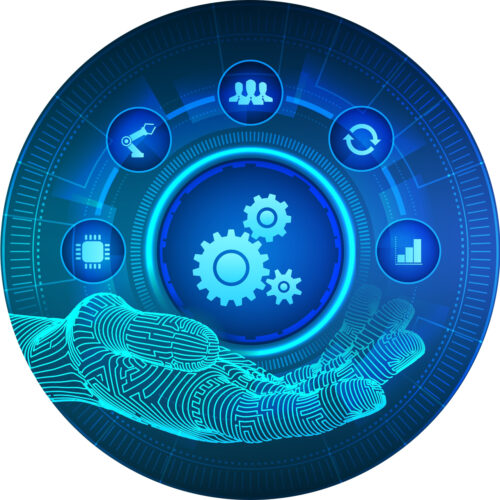
Automation in Cold Space Storage
From the 1950s until recently, cold space management was a highly manual, labor-intensive process. The storage of biomaterials in cold space is designed to accomplish one goal – the maintenance of a designated critical temperature that preserves samples during all stages of their use life. In today’s bio-operations however, new technology has introduced automation into an increasing number of cold space processes that makes tasks safer or less hands-on while providing process redundancy and documentation.
Humans naturally deliver variability in transactions and tasks. Controlling and documenting these variations is time consuming and costly and often seriously reduces the efficiency of the process itself. Because of these drawbacks, cold chain logistics, which includes automated temperature monitoring and data capture, are becoming increasingly more sophisticated and important to R&D organizations managing biological and cellular samples.
Are Frozen Peas More Regulated than Frozen Biosamples?
Unlike samples within the biopharmaceutical industry, frozen food is an area in which stringent regulations exist for how foods are routinely frozen, stored and shipped. One might expect that the handling and storage of samples used for medical therapies would be significantly more sophisticated than frozen food storage in terms of regulation and data collection, but that is not the case today.
The storage and transportation of frozen foods provides lessons to research organizations managing samples. The critical target temperature which frozen foods must be kept below is 0° C. In the food industry, a maximum temperature during handling is set at -12° C. The set temperature for the controlled environment for frozen food is -18° C, allowing the industry a 6°C margin. This safety margin is set to account for the uncontrolled transition period while food is being handled and transported from one location to another.
Current cryogenic preservation regulatory requirements for the biopharmaceutical industry do not indicate specific temperatures for storage, transport or handling. The wider scientific community accepts that there is a glass transition temperature (Tg) at
-132° C. It is generally accepted as beneficial to ensure that biological material, once cryogenically frozen, does not experience even transient periods above this temperature. Above the glass transition temperature, cryo-preserved biological or cellular material can be damaged. Just as with frozen food products, it is not just the time spent above a target temperature (-132°C) that matters, it is also the number of times that materials transition through critical temperatures, no matter how rapid the excursion, that can potentially cause critical damage of these materials.
Biological and cellular samples are stored in freezers, in bulk, in boxes and then on racks. For every single sample that is removed from a freezer, hundreds or thousands of neighboring samples are exposed. When a box of cryogenic tubes is removed from a -190°C environment, the critical temperature at -132°C will be reached in 30 to 90 seconds!
What About Dry Ice?
It is commonly assumed that if a sample is placed on dry ice, the -80°C environment compared to ambient temperature of 20°C slows down the warming of the sample. In fact, if the naked vial is placed on dry ice, it warms 3X faster to -80°C than if placed on the research bench. The fundamental mechanism for this can be explained via Newton’s law of cooling. Dry ice is constantly sublimating, which leads to a constant, rapid flow of (relatively) hot gas flowing over the vial, at up to 100° C warmer than the sample temperature. Whereas, if the sample is just in air, it has very little active convectional flow surrounding it. When you remove an entire rack of samples from an LN2 tank to search for a single box or vial, or you transport an entire box of samples on CO2 to a research bench, it is important to know that warming starts to occur in seconds instead of minutes or hours for every sample, including innocents, that has been removed from the storage unit.
Time for a Revolution?
Automating sample storage and retrieval processes can significantly aid the researcher in the protection of innocent samples and mitigate human variation. The IC Biomedical Revolution Series allows researchers to access stored material via an optional computerized inventory management database and touch screen GUI.
Revolution’s touchscreen-controlled motorized sample tray provides control over which areas of the sample storage zone a user, identified by an RFID badge or manually entered password, can access. The automated sample tray also increases operator safety and significantly reduces the time and effort required to locate a target rack in the freezer. The user can simply select a rack and, if the system recognizes them as authorized, the sample carousel will rotate and place the required rack below the lid opening. Once the lid is unlocked and opened, the internal freezer space is illuminated by a high-powered LED light while an internal extraction fan automatically removes residual fog, ensuring excellent visibility to confirm rack identity and further reducing possible errors. When the rack is replaced and lid closed, a record of the user’s identity, rack request, system movement and the duration of the process is created for future reference.
For more information on the new Revolution Series, click here.
